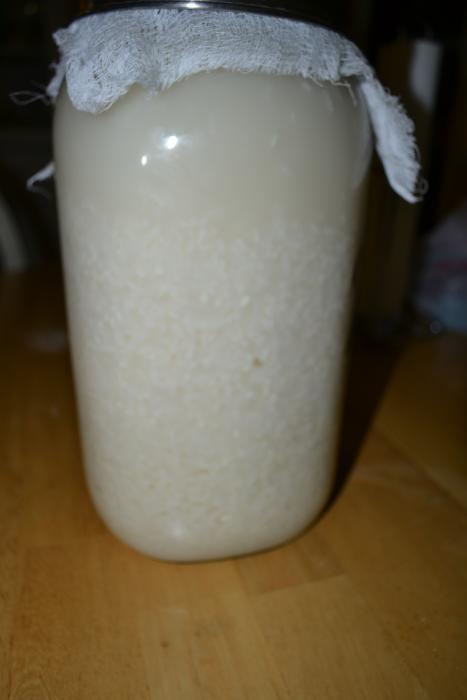aiptasia
Well-Known Member
I think i'm going to err on the side of caution and look for either the #9 strain (WLP709) or the Lalvin 1116 strain for the first batch. I'm not opposed to experimenting but I like to follow a new technique/new recipe as closely as possible until I have that mastered. Why run before you can crawl, eh?
Since i'll be following your forumla verbatium until I have the process down, it looks like i'll be moving to the moto step by already having the koji rice. I'm going to add the dry koji rice in the same amount as your recommending for your Kome-Koji (38.93 grams).
I'll be soaking the 78.99 dry grams of Kokuho Rose sushi rice in water overnight in my fridge, then steam up the rice in my rice steamer and add it to 129.05 grams of cold filtered water to cool it down to koji pitching temperature. After it's cooled down below 100 degrees (lowest reading on my thermometer), i'll mix in the koji rice.
I don't have any pure DAP but I do have yeast nutrient and i'm pretty sure that DAP is a major component (plus zinc, etc.). I will add 1/8 of a teaspoon yeast nutrient to the cold filtered water.
After combining in the jar, i'll aerate it by sealing the jar and stir the hell out of it for five minutes, then repeat, then stir twice a day for 48 hours before moving on to the next step.
Since i'll be following your forumla verbatium until I have the process down, it looks like i'll be moving to the moto step by already having the koji rice. I'm going to add the dry koji rice in the same amount as your recommending for your Kome-Koji (38.93 grams).
I'll be soaking the 78.99 dry grams of Kokuho Rose sushi rice in water overnight in my fridge, then steam up the rice in my rice steamer and add it to 129.05 grams of cold filtered water to cool it down to koji pitching temperature. After it's cooled down below 100 degrees (lowest reading on my thermometer), i'll mix in the koji rice.
I don't have any pure DAP but I do have yeast nutrient and i'm pretty sure that DAP is a major component (plus zinc, etc.). I will add 1/8 of a teaspoon yeast nutrient to the cold filtered water.
After combining in the jar, i'll aerate it by sealing the jar and stir the hell out of it for five minutes, then repeat, then stir twice a day for 48 hours before moving on to the next step.




